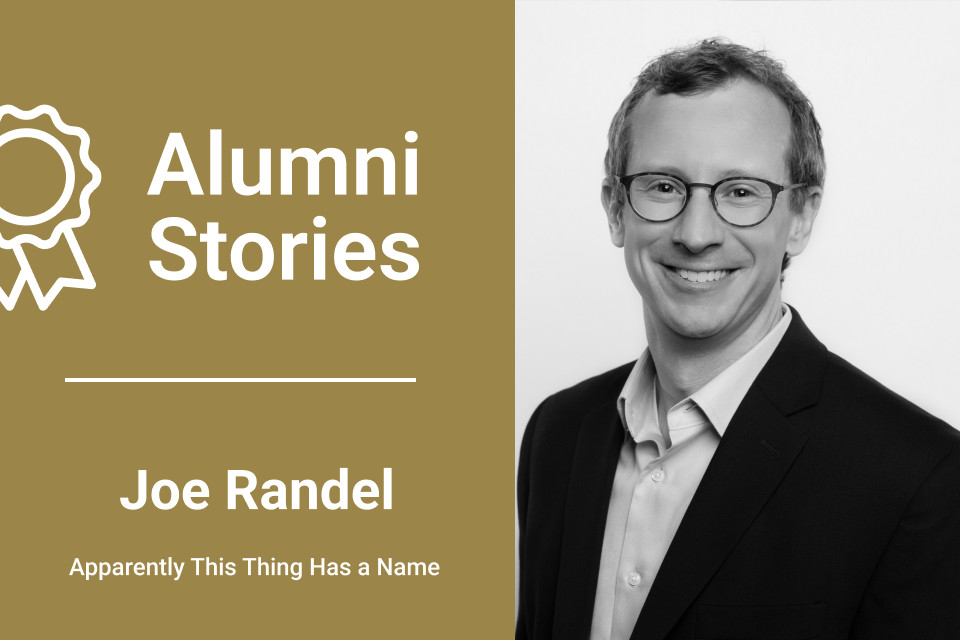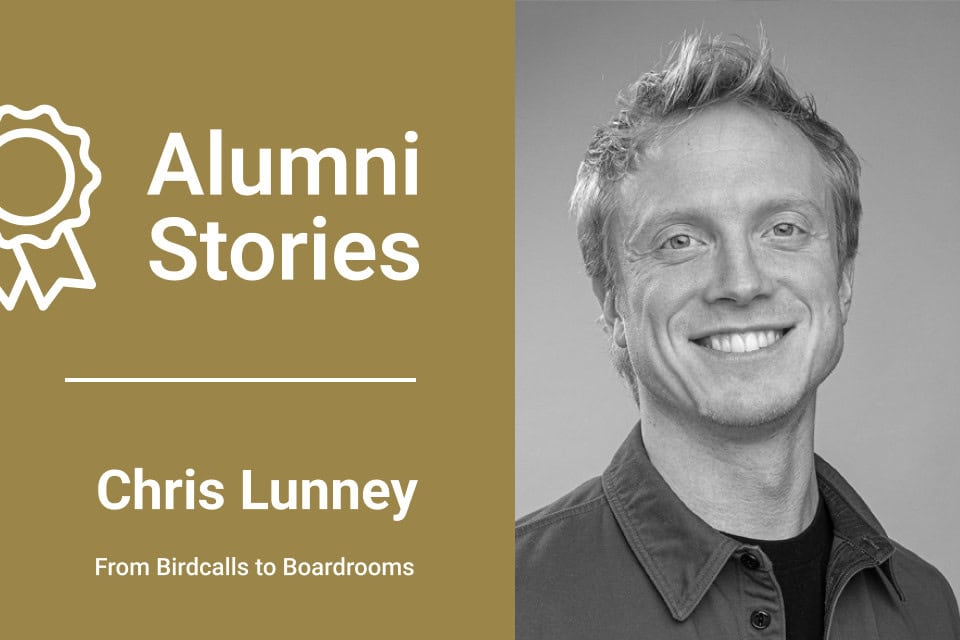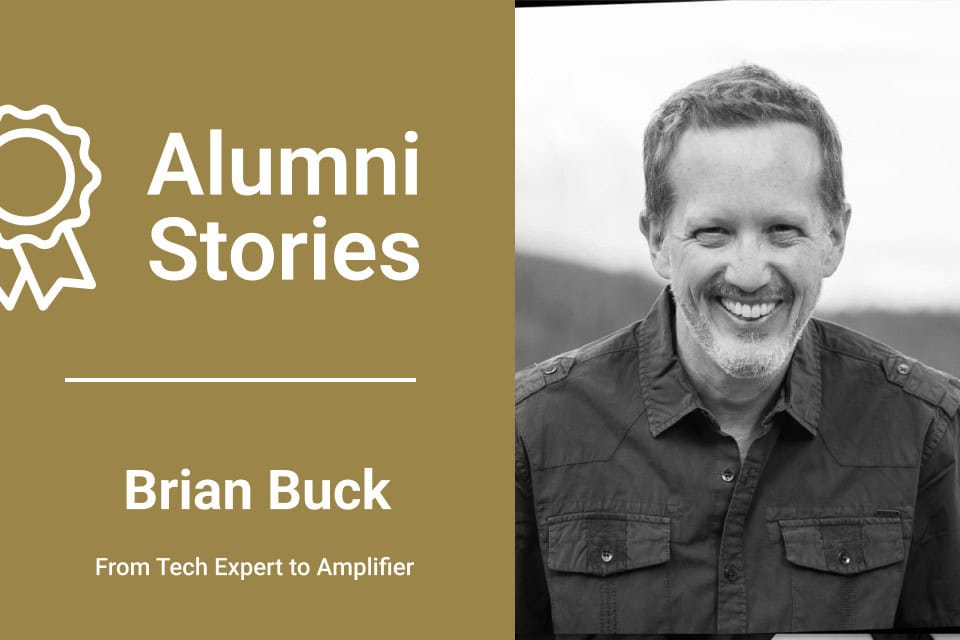How Facilitation Shaped My Path and Purpose
When I look back on my journey as a facilitator, a moment that stands out to me is my interview for a position at the Wasco County Commission on Children and Families. I was just 22 years old, and I’d followed my husband back to his hometown in rural eastern Oregon. I had no idea what the Commission on Children and Families was, and when I walked into the office, there was a “pack-n-play” crib in the hallway. When it was my turn to ask questions in the interview, I was quick to ask if the position included actually caring for small children. Because if it did, I was definitely out of there; my teenage babysitting days were long over! I remember the interview committee laughing out loud. The crib was there for an employee who sometimes brought her infant to work. The organization was a county department that received state and federal funding to lead local initiatives designed to improve outcomes for children prenatal to age 18 and their families. Despite my lack of skills and clear lack of interview preparation, I got the job, and within three years, I was leading the department as the Wasco County Commission on Children & Families Administrator. I loved that job! In it, I learned to be accountable to a community-based board of directors, including the facilitation of formal board meetings. Our board reviewed data indicators of child well-being such as health statistics, kindergarten readiness, 3rd-grade reading levels, graduation rates, poverty, child abuse rates, etc., and prioritized areas where we were not meeting statewide benchmarks. From there, I would convene community partners and stakeholders and facilitate strategic planning processes to improve outcomes and attempt to meet statewide benchmarks. We also convened and facilitated several standing committees that focused on specific areas, such as early childhood or youth development. This work formed my foundation and love for facilitation.

Later, I took a position with the local school district as the Director of a Safe Schools Healthy Students federal grant program. In this role, I had an opportunity to facilitate deep relationship-building and systems change to increase the safety and well-being of students in the school district. I convened leaders from each local service sector (law enforcement, juvenile justice, child welfare, mental health, education, etc.) to serve as an oversight committee. Together, we examined data indicators from each of our systems to identify student health and safety concerns and their root causes. As we looked at the data, we engaged in discussion about how each of our systems interacted with and impacted the other. Here, I gained experience facilitating hard conversations that lead to lasting change. One example was when the Director of Juvenile Justice highlighted potential racial profiling in the disciplinary practices of a specific middle school. We reviewed the data with pictures of the students who had been disciplined. The Superintendent was appalled and conducted a deeper investigation. We uncovered district-wide disparities among Latino students. In addition to immediate policy shifts to address the disciplinary actions, I implemented a series of meetings between school district administration and the Latino community to begin mending relationships and developing strategies to address the disparities. These meetings were held in Spanish with English translation for school district personnel. These events highlighted the power of purposeful planning and facilitation. School district personnel gained perspective and more profound respect for the experience of students with limited English proficiency. Both groups had opportunities to be seen and heard, and together, they developed strategies for ongoing engagement. After this experience, the key leaders in our oversight committee engaged in deeper philosophical discussions about the root causes of community discord and committed to a region-wide implementation of trauma-informed care. Leading this initiative changed me and my approach to facilitation. I gained a new understanding of the factors that impact human behavior and social interactions. I also learned that one of the roles of the facilitator is to be a vessel of safety for the group. I became a passionate leader and advocate for trauma-informed care and maintained the initiative for several years after grant funding lapsed.
Eventually, I became weary of working in positions with uncertain funding and the never-ending need for fundraising and/or grant chasing. I took a position with a small health insurance plan that was setting up a coordinated care organization with a community governance model for Medicaid. My role in this work left little room for community organizing, and I found myself in the role of a participant much more often than a facilitator in meetings and gatherings for several years. Then, I was recruited to work on an expansion project within my company that required extensive community collaboration. Once again, I found myself convening strategic planning meetings, engaging stakeholders, and facilitating groundbreaking work. While most of the work involved convening key leaders across healthcare, government, and community-based organizations, there were some opportunities to engage with consumers as well. At one point, a co-worker and I facilitated a meeting with community members who had limited English proficiency to learn about their experiences with healthcare interpreter services. It was powerful to hear about their experience, the impact of the language barriers, and lack of service access on their health outcomes. I recognized a restored purpose in my work. I was excited to go to work each day, and while it was exhausting, it was also exhilarating. We were so successful that we quadrupled our line of business, and I was able to create a new position for myself as a training and facilitation manager.

Part of this new role required that I build a healthcare provider training program from the ground up. Establishing that program took considerable time and effort, and while I’d hoped for the opportunity to facilitate some training, I found that, more often than not, I was contracting with vendors to provide training or authoring enduring content for on-demand courses. But, after a few years, the program was flourishing, and I recognized that I missed the exhilaration of facilitating group processes. I began to reimagine my role and the ways that I could incorporate facilitation. Our organization had transitioned to a remote workplace by this time, and most human encounters were happening virtually. I started noticing how often I would tune out during meetings, and then I started noticing how my peers were tuning out. I knew that we needed to reinvigorate our virtual workplace. I also knew that my facilitation experience had occurred in person with a heavy reliance on whiteboards, post-its, and sticky dots. I decided that I would start by tuning up my personal facilitation skills by seeking a Facilitation Certification. When I shared my ideas with my supervisor, she indicated that she’d had outstanding experiences with courses offered by Voltage Control and suggested that I investigate their program offerings. I was thrilled to find that they offered a 12-week virtual Facilitation Certification program. The application process was seamless, and the weekly meetings were a great fit for my schedule.
On the first day, I was impressed with how the facilitator incorporated digital tools and facilitation methods that were effective in engaging each participant. I knew right away that the hands-on style of learning was going to be valuable. I enjoyed meeting other facilitators from across the globe and learning about their work. I’ll admit that I was somewhat intimidated by the talent and experience of my fellow cohort participants and the concept of building my facilitation portfolio. Many of the participants were facilitating virtual workshops as a regular part of their workday, and almost all my facilitation experience was in-person. I also knew that I didn’t have many opportunities to facilitate in my current role, and I was worried that I wouldn’t have the content I’d need to develop my portfolio. Virtual and hybrid facilitation felt like a whole new ballgame. At first, I was a little lost using virtual tools like MURAL, but I quickly caught on and soon saw the incredible power of digital facilitation. The instructor incorporated facilitation tools, skills, and strategies throughout the course, which gave us ample opportunity to learn, experience, and practice in the safety of the group. We had opportunities to connect one-to-one with other facilitators to learn from each other and help one another with the construction of the portfolio. While initially overwhelming, the experience of developing a personal facilitation portfolio helped me to recognize my own strengths as a facilitator and begin to imagine possibilities for using the skills and abilities that come so naturally to me.

Since completing the Voltage Control program and becoming a Certified Facilitator, I have taken on the role of facilitator for all our team gatherings. I’ve also combined my skills as an instructional designer and facilitator to build a 10-week Trauma Aware curriculum designed to enhance connection among internal employees while also offering skills and tools for managing stress and reducing overwhelm. In the future, I hope to offer my facilitation skills for community organizing and strategic planning processes.
If you are a manager who has noticed that your team meetings are stale, or if you dread going to meetings at your workplace, you should consider investing in this program. You will walk away with proven strategies for engaging employees and getting results. If you are a seasoned facilitator or instructor considering certification, this program will solidify your skills, help you gain clarity about purpose, allow you an opportunity to build a network with other facilitators, and you may find renewed energy or direction in your work.


